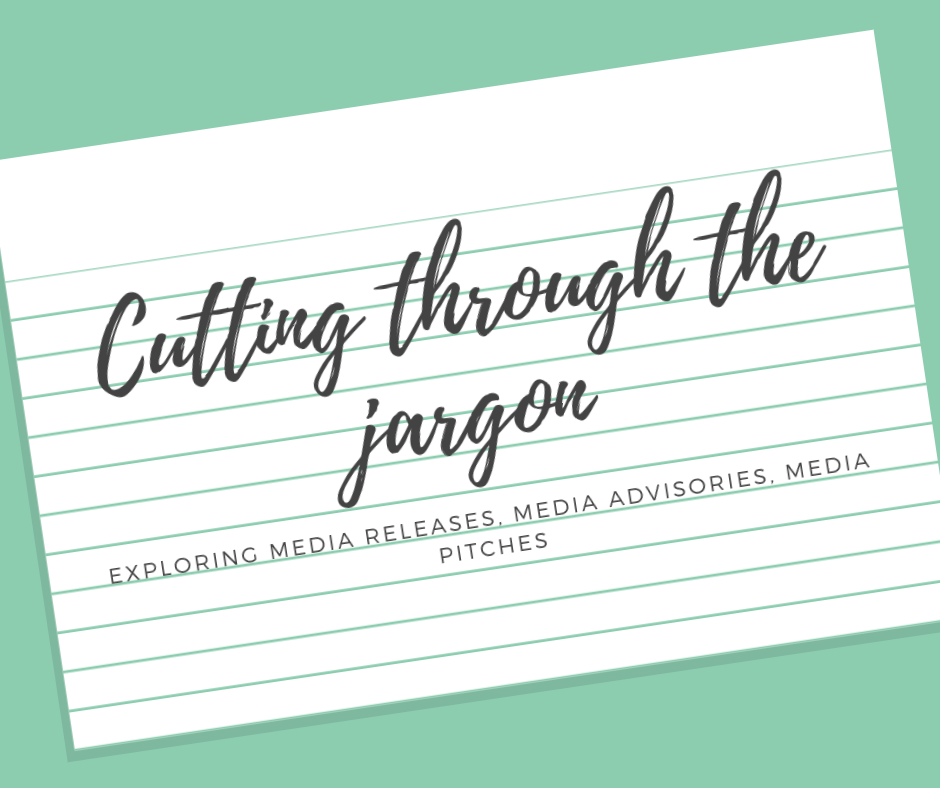
In communications, the goal is always to reach your audience. Often, that means working with the media and speaking their language.
The most common tactics employed to do so are media releases, media advisories, and media pitches. For anyone who hasn’t crafted one, these words don’t provide a lot of clarity.
Let’s put aside the industry jargon and explain three popular tactics used by communications professionals in every day language.
What’s a media release?
You may have heard a media release, sometimes called a news release or a press release. All serve as a way to communicate newsworthy information to the media, in hopes they will communicate it to their readership.
In a nut shell, a media release is a brief overview of an event or notable announcement. This is your chance to show the media why the community should care. It should be concise – beginning with the most important information – and compelling enough to keep media reading.
The media release should answer the major questions: who, what, where, when, why and how. In one page, it will provide the foundation reporters will use to base their article on.
What’s a media advisory?
A media advisory is an invitation to the press to attend an event.
Once again, this short one-page document will answer the major questions: who, what, where, when, why and how. Although a media advisory will be sent before the event – rather than after, which is the standard for a media release. It will also omit the major ‘what’.
The goal of the invitation is to have media attend and cover the event. If too much information is provided beforehand, there is no need for them to cover the event in person.
What’s a media pitch?
A media pitch is where established relationships with the media are useful. Communications professionals will reach out to media, either by email or by phone, in an effort to persuade them to write a story.
It’s important to ensure that the idea offered is both newsworthy and relevant. There must be a reason the reporter should convey the information to their readership. Additionally, the topic should be in-line with what they reporter normally covers.
Understanding these common tactics is key to getting the most out of your communications. When you understand what you want to achieve, you can work with a communications professional to achieve that goal. But remember – they are the experts. At the end of the day, they are the ones best poised to help you reach the public.
__
Chelsea Tucker – Editor
